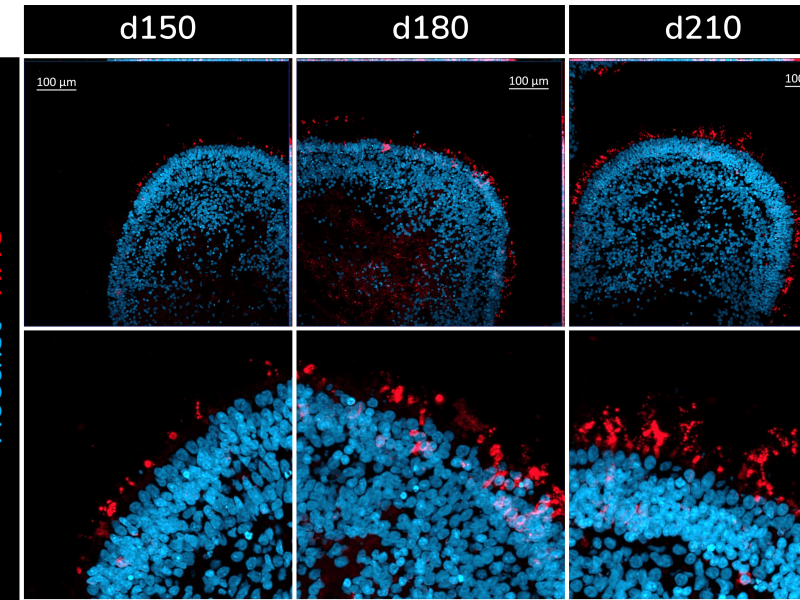Light responsive retinal organoids for accurate prediction of clinical outcomes
The retinal organoids recapitulate the complex structure of the human retina with laminar cell organisation mimicking embryonic development. They contain the outer photoreceptor segment of the retina that responds to light.
Applications
- Gene therapy vector assessment
- Disease modelling
- Investigational drug safety and efficacy
Available analytical readouts for our services with retinal organoids
- Immunofluorescence analyses
- mRNA quantification by RT-qPCR
- Transcriptomic analysis by single-cell RNA sequencing
- Cytotoxicity assays
- Cytokine release
- Flow cytometry
- Electron microscopy












